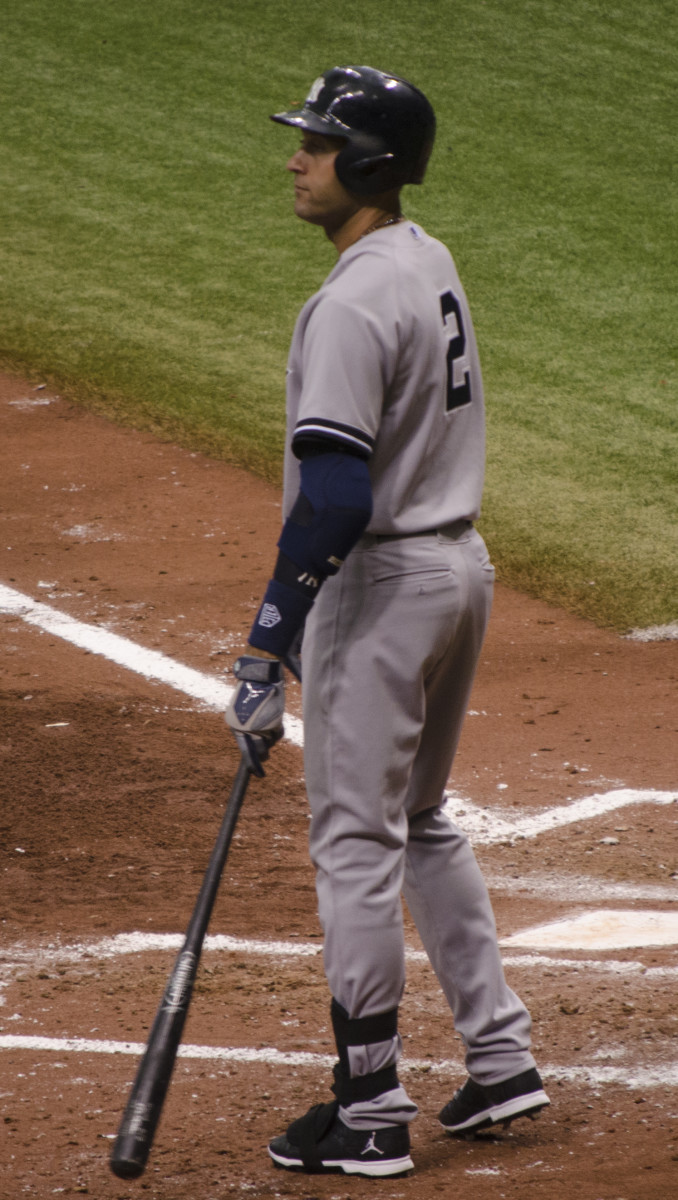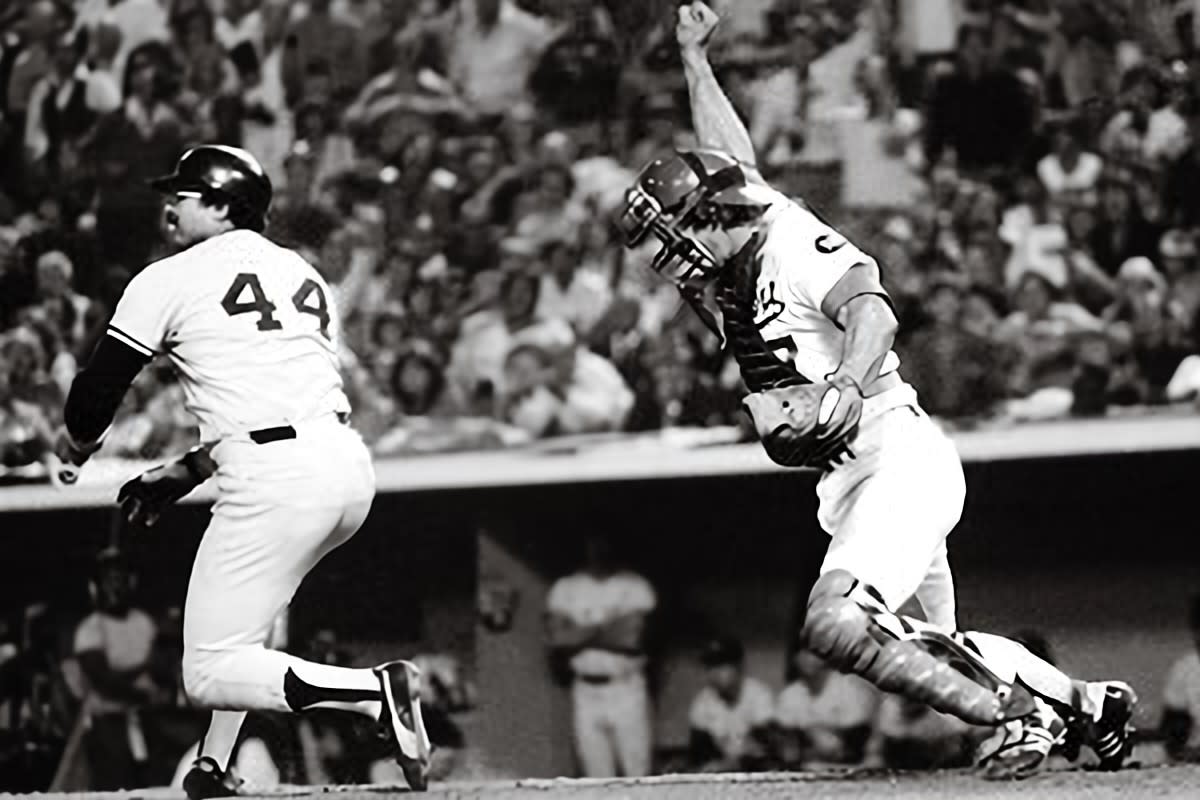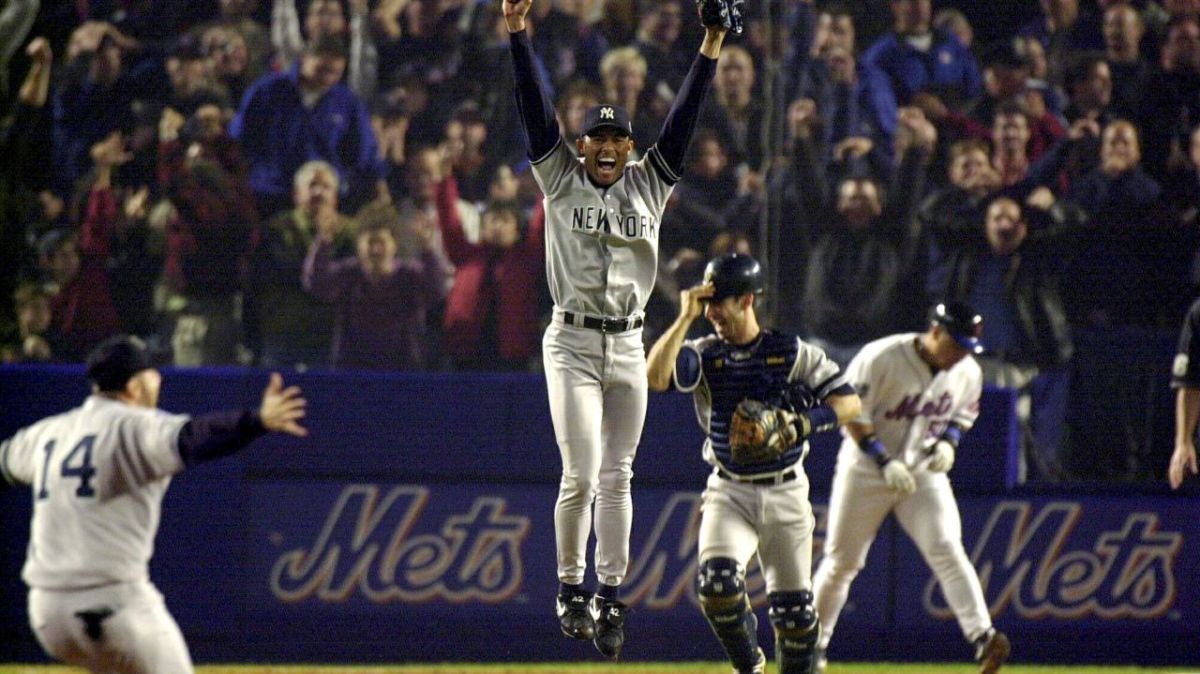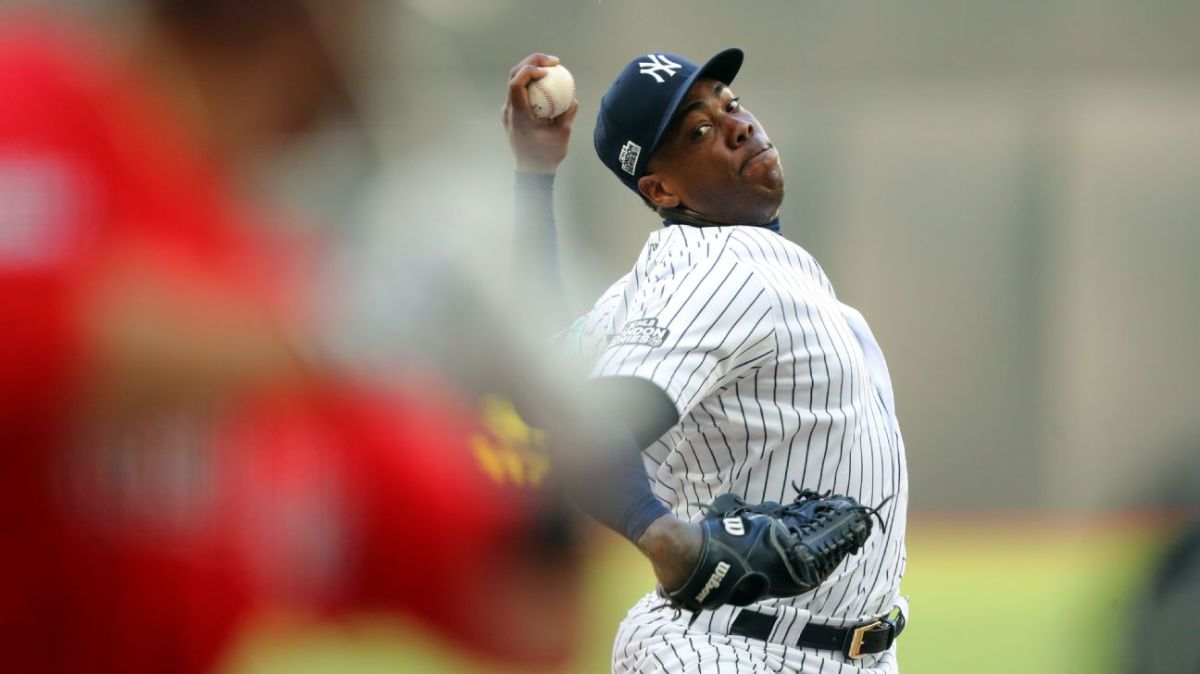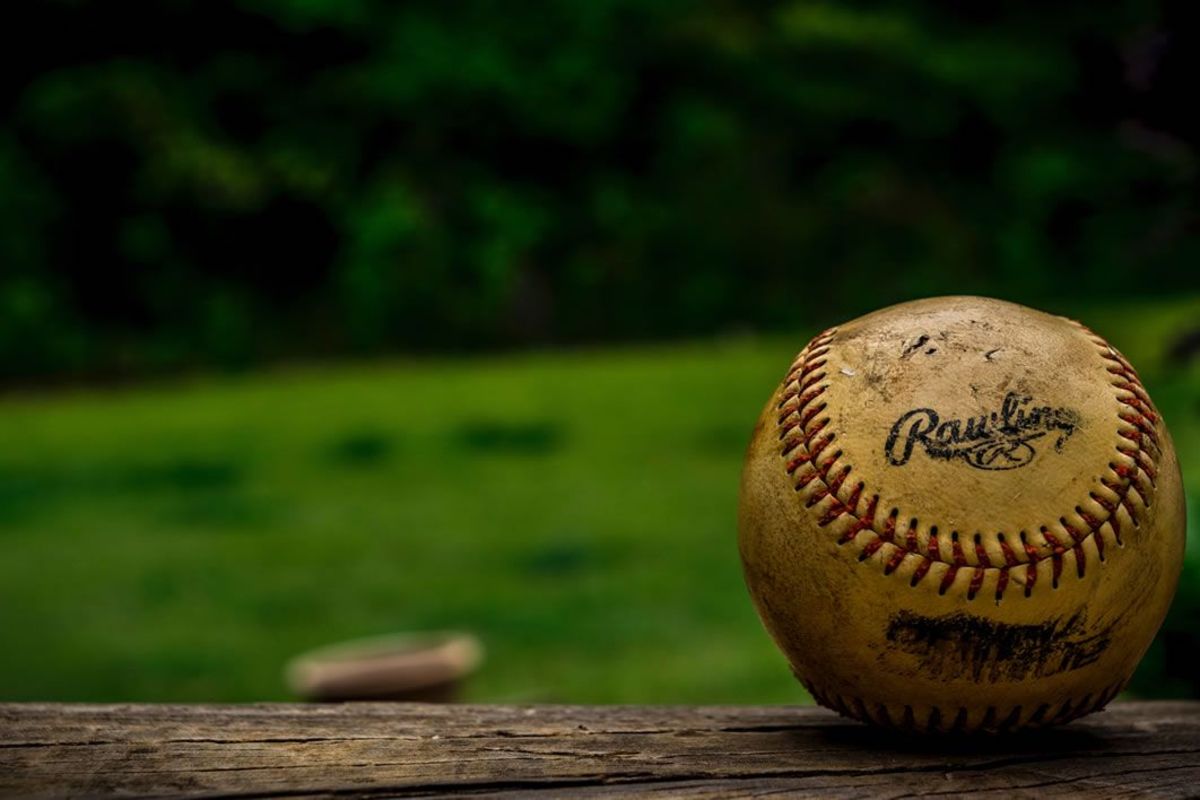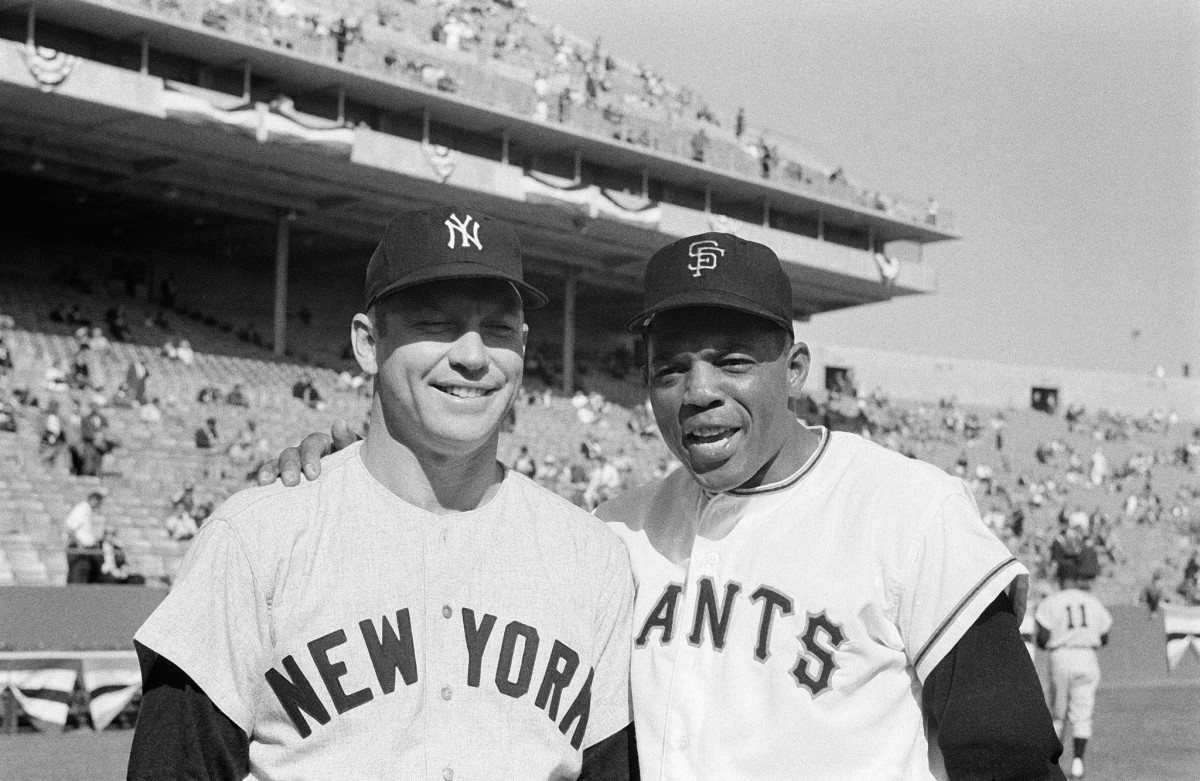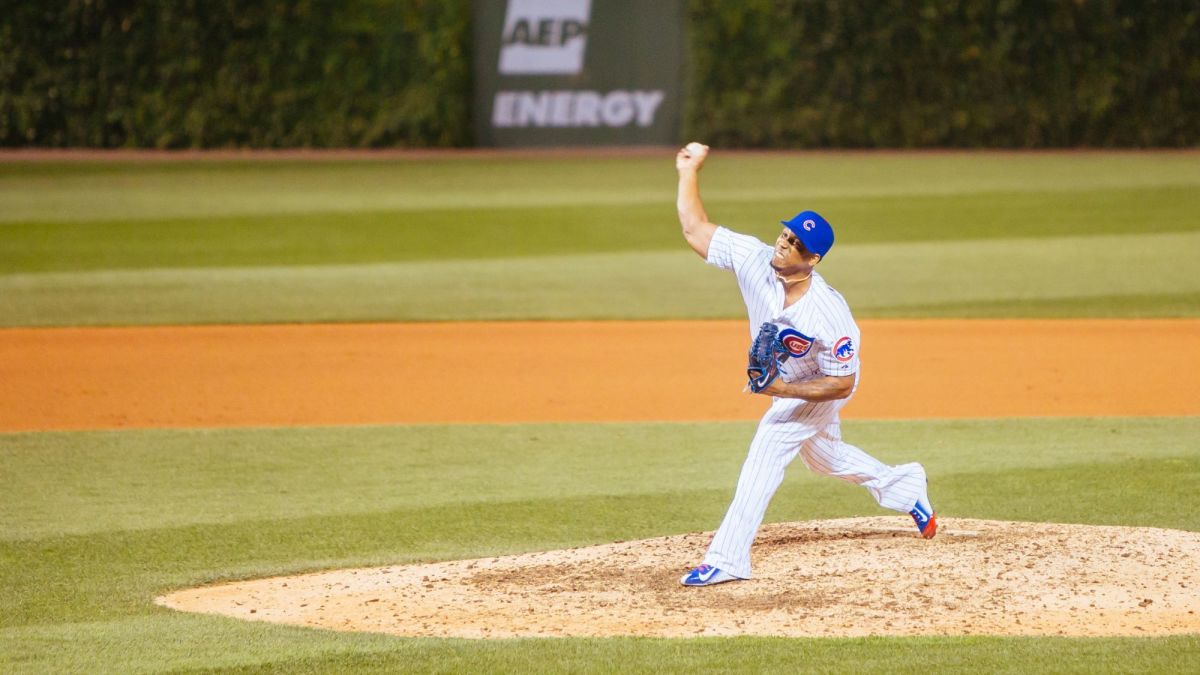- HubPages»
- Sports and Recreation»
- Team Sports»
- Baseball
A Defense of Gary Sanchez’s Defensive Value to the Yankees

Allow me to indulge in a defense of Yankee catcher Gary Sanchez’s defensive abilities.
Sanchez’s defense has been maligned for the past year or so because of a high number of passed balls. Recently he was chastised, by Yankee fans and critics alike, for a lack of hustle on a passed ball at Tampa Bay on July 23 that allowed a runner to score from second. Later, he was thrown out on the final play of the game after slowly jogging to first on a ground ball. After the game it was revealed that on the passed ball play he’d tweaked the groin injury that had kept him out of the lineup for a month, and went back on the DL for another month.
A few have questioned the injury report – whether he really tweaked something or his DL stint was just disciplinary action for lack of hustle.
Dealing with a Real Injury
Having experienced a pulled groin muscle myself for the first time last year, I have no doubt that he was telling the truth about tweaking it. If you’ve never had this injury, let me explain that it is extremely painful at first and then lingers. It took me months to recover, in part because every time I thought it seemed to be healing I would tweak it, even on something simple like a slight slip in the shower, or turning suddenly. It doesn’t take much.
While Sanchez is much younger than me and will recover sooner, I can imagine how easy it would be to tweak it while catching. I was sitting in the stands behind home plate at Tropicana during his last game and he did indeed move slowly after the passed ball – just as I would if I had tweaked the muscle. The question people ask is, why didn’t he come out of the game then?
Well, from experience I know that the pull can hurt while doing something like running but may not be an issue when sitting or squatting. Plus, this was only his second game in the field since returning from injury, and athletes often will push through pain because they want to keep playing.
A Lot of Passed Balls
But injury aside, Sanchez does seem to have a lot of passed balls. He led the Majors last year with 16, and has 10 this season in limited action. According to some people, including Yankees announcer Michael Kay, that makes him a defensive liability. But does it really?
Thanks to the MLB app, I’ve been fortunate to watch a lot of Yankee games the past several years. I watched all or part of more than 100 games last year, and have seen all or parts of probably 80 this year.
From what I’ve observed, I’m sure at least part of Sanchez’s issue is that the Yankee pitchers don’t throw nearly as many fastballs as other teams. They’re either the leader or among the leaders in the number of off-speed, split-finger and breaking balls they throw. That means a lot of balls end up in the dirt before reaching the catcher.
Lots of Balls in the Dirt
For example, last year when Sanchez was being criticized for passed balls, I paid special attention to what was happening during one game. During that game, Sanchez had to block at least two in-the-dirt pitches per inning, and one time had to block three in a row. Meanwhile, the catcher on the other team had only one or two balls in the dirt the entire game.
That’s a lot of extra wear and tear on Sanchez. So what may appear to be lazy to some people when a ball gets by him may simply be fatigue. In fact, I was amazed at how many balls Sanchez does block – often a dozen or more, depending on the pitcher.
In addition, last year on several occasions the passed ball came soon after a new pitcher entered the game, so there could have been mixed signals, or just that the pitcher’s pitches were doing something different than usual – remember, as the starting catcher he didn’t get a chance to evaluate what the pitcher’s stuff was like before he entered the game.
Effect of Sanchez's Passed Balls
Year
| PB
| No Run
| Run Scored
| Led to Run
| W
| L
|
|---|---|---|---|---|---|---|
2017
| 16
| 8
| 7
| 1
| 9
| 6
|
2018
| 10
| 4
| 4
| 2
| 3
| 6
|
Total
| 26
| 12
| 11
| 3
| 12
| 12
|
How Critical Are the Passed Balls?
But how critical have all these passed balls been? I did some research and found that of the 16 passed balls in 2017, half of them didn’t lead to any runs. Seven led directly to a run and another led to a run later on a hit. The Yankees were 9-6 in the games in which he had a passed ball (he committed two in one game). Only one could be said to have led directly to a loss.
This season he has committed 10 passed balls. Four of those came in three games early in the season. Of the 10, four let a run score, two others led to runs, and four resulted in no run scoring. The Yankees are 3-6 in those games (again, two in one game), but only one could be said to have led directly to the loss. Even the gaffe in the Tampa Bay game didn’t lead directly to the loss; in fact, later in the game, with Sanchez batting, the Rays catcher allowed a passed ball that let a run score, essentially off-setting Sanchez’s passed ball.
In most of the 12 losses over the past two years in which he’s allowed a passed ball, the Yankees lost by quite a bit. The passed balls often came when the pitchers were already struggling – someone had to have already reached base for a missed pitch to be considered a passed ball.
So, yes, the passed balls had some impact on the games, but directly led to only two losses.
Effect of Sanchez Throwing Out Runners
Year
| CS
| W
| L
| Close Win
| Close Loss
| Within 2 runs at time
|
|---|---|---|---|---|---|---|
2017
| 23
| 15
| 8
| 5
| 4
| 20
|
2018
| 8
| 7
| 1
| 4
| 0
| 8
|
Total
| 31
| 22
| 9
| 9
| 4
| 28
|
The Value of Throwing Out Baserunners
But on the flip side, Sanchez threw out 23 runners trying to steal last season and eight so far this season. In 2017, when he threw out a would-be stealer, the Yankees were 15-8, and this year they’re 7-1. It’s a little hard to evaluate the negative; that is, if he hadn’t thrown out the runners, would they have scored? Probably not all of them, but some probably would have, especially since most those trying to steal were the speedier runners who could have scored from second on a single.
The value of those caught stealing stats, though, can be seen by the point in which they came during the game. In 2017, 20 of the 23 came when the score differential was two runs or less (when a run-scoring single could make a big difference). Five came with the game tied. Of the 15 wins, five were by one run and four of the eight losses were by a single run.
In 2018, all eight caught-stealing throws came with the game tied or within a run. Four of the wins were by one run. So both last year this year, those throws kept the Yankees in line to fight for a victory or preserve a victory.
Not only did he throw out runners in key situations, but his arm likely deterred many runners from never attempting to steal. The difference between a runner at first and one at second is huge, but again, it’s hard to evaluate what didn’t happen.
More Positives than Negatives
Both statistically and from my own observations, Sanchez has had a much greater positive defensive impact because of his arm than his passed balls have had a negative impact.
Does Sanchez still have work to do? Of course. He’s only 25 and this is only his second full season – and with his injuries last year and this year, they haven’t even been full seasons. It would be silly to expect him to be a fully polished catcher at this point.
He has a total of 32 passed balls in his first three seasons; Johnny Bench had 41 in his first three (although he played more games because they were full seasons), including 18 one year. And remember, Bench didn’t have to deal with catching three, four or even five different pitchers in the course of one game nearly as often as modern catchers do.
So before we write Sanchez off as a full-time DH, we need to recognize just how much defensive value his arm provides and the fact that he will continue to get better as he plays more games.

